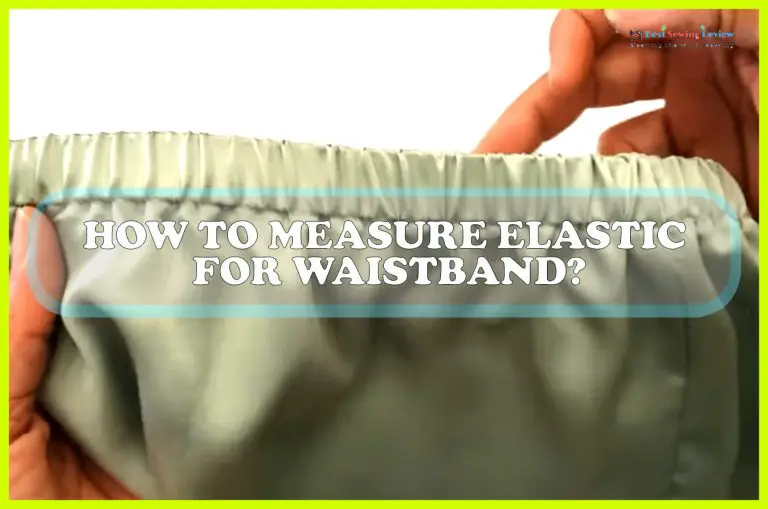To fix a dress that is too low-cut, attach a camisole or stitch a fabric insert. Use fashion tape for temporary coverage.
Discovering that your dress is too revealing can be a dilemma, especially if it’s an outfit you adore. Dresses that plunge deeper than desired are a common fashion issue. Style-conscious individuals often face this challenge when their perfect dress turns out to be too daring.
Crafting a quick fix without compromising the look is essential. With a few simple adjustments, you can transform your low-cut dress into a more conservative yet still chic garment. Whether you’re preparing for a formal event or just enhancing your everyday wardrobe, mastering the art of modesty tweaks can be a game-changer. This guide provides practical solutions for those in need of making their low-cut dresses work-appropriate or simply more comfortable for various social settings.
Introduction To Fashion Fixes
Dressing for various occasions often requires a versatile wardrobe that can be adapted to suit different levels of formality and styles. Dealing with a low cut dress presents a unique challenge; it may be perfect for a night out but too revealing for other events. The key to wardrobe versatility lies in the ability to make adjustments to your clothing to fit the context in which it will be worn. For those who encounter dresses that are just a bit too daring, there are several fashion fixes that can ensure your favorite pieces remain both stylish and appropriate for multiple occasions.
Temporary Solutions For Immediate Needs
Fashion tape can be an instantaneous remedy for a too-revealing dress. Simply apply strips of tape along the inside edge of the neckline, securing the fabric to your skin. This prevents unwanted shifting and maintains a modest appearance throughout the day or event. Just be sure to use tape that’s safe for both skin and fabric to avoid any irritation or damage.
Scarves and statement necklaces serve as both style enhancers and practical solutions to adjust the depth of a low-cut dress. Drape a scarf artfully to cover your chest, or select a bold necklace that fills in the neckline. These accessories can effortlessly convert an overly low-cut dress into an outfit that’s appropriate for any occasion without permanent alterations.
Integrating a camisole or bandeau is a seamless way to rectify a plunging neckline. Opt for a camisole with lace trim for feminine flair, or choose a bandeau for a more contemporary look. Make sure these underlayers complement the color and style of your dress to achieve a cohesive and intentional outcome.
Permanent Alterations For Long-term Style
Sewing in modesty panels or lace inserts offers an effective solution for a dress that’s too revealing. These panels provide coverage while enhancing the garment’s design. Opt for a fabric that complements the dress or select a contrasting lace for a striking effect. You can either hand-stitch or machine-sew these panels, ensuring they blend seamlessly with the existing neckline.
To raise the neckline of a dress, adjusting the seam is a practical approach. This alteration involves reshaping the existing neckline, creating a more conservative look. It’s crucial to maintain the dress’s original contour for a natural appearance. Experienced individuals can undertake this alteration at home, while others might prefer professional assistance.
Seeking professional tailoring options can provide a high-quality, perfect fit. Tailors offer personalized solutions to adjust the cut of a dress, ensuring it matches your style preferences and comfort level. They employ advanced techniques to modify garments without compromising their integrity or aesthetic appeal.
Creative Styling For Transformation
Creativity meets practicality with strategic styling options like layering. A too low-cut dress can be easily transformed with the addition of tailored blazers or cozy cardigans, ensuring both modesty and style. These outerwear pieces not only offer versatility but also enhance the outfit’s overall aesthetics, creating a sophisticated and balanced look.
The art of draping and pinning offers an elegant solution. Fabric can be artfully arranged across the chest and secured with a pin or brooch for a touch of glamour. This method not only raises the neckline but also adds a unique element to the garment’s design.
Another effective strategy is the integration of high-waisted bottoms into the ensemble. Pairing a plunging top with a high-waisted skirt or pants can reduce the visual impact of the low cut, allowing for a more subtle and refined outcome. This mix-and-match approach not only solves a wardrobe malfunction but also opens doors to new outfit combinations.
Maintenance And Care For Your Modified Garments
Maintaining the altered state of a dress is crucial to ensure its longevity and continued fashion appeal. Careful laundering is paramount. Use a gentle wash cycle or opt for hand-washing to protect delicate fabrics and modifications. It’s best to air dry the dress away from direct sunlight, which can fade colors and weaken fabric integrity.
For storage, choose a cool, dry place and avoid using hangers that may stretch or misshape the fabric, especially around any new stitching. Instead, fold the garment or use a padded hanger. To keep the dress looking its best, apply minimal heat when ironing any altered sections to prevent damage.
Recognizing signs of wear and tear is essential. These may include fraying seams, loose threads, or a change in how the garment fits. Once these signs appear, consider whether professional repairs are possible or if it’s time to gracefully retire the dress from your wardrobe.
Conclusion
Adjusting a low-cut dress is simpler than you might think. With the tips shared, you can achieve modesty and style effortlessly. Whether you add a panel, use fashion tape, or accessorize tactfully, your dress will be transformed. Embrace your creativity and let your edited garment make a refined statement at your next outing.

